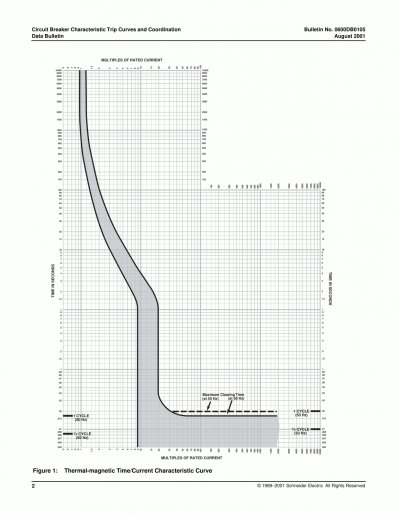I know there are some very knowledgeable electrical people here. I'm having a licensed professional electrician with decades of experience put a 250V/50A breaker and receptacle in our house. He did not throw the main switch for the work he's done, but all of that was downstream of the breaker - e.g. conduit, pulling wire, receptacle, etc. - so no real risks. I told him he was welcome to throw the main, he said it wouldn't be necessary.
He's coming back today to install the breaker and make the final tie in. All's left is connecting the ground and wiring to the new breaker and clicking it in to the panel in an existing space, so I'm guessing 5-10 minutes at the most. I told him we'd be prepared for him to throw the main for that, he said again it won't be necessary?
I watched the work he's done so far, and it's top notch - I know from 35 years of watching pros work in industry. The guy is the husband of a friend of DW, otherwise I probably wouldn't even be asking - I'd insist.
I worked in manufacturing my whole career. We would never let any electrician work on a live circuit and followed all lock-out procedures 100% of the time. If any electrician tried to take shortcuts in my presence, I would stop them no ifs, ands, or buts. I have seen residential electricians work briefly on live 125V, and I've felt that jolt by mistake a couple times in my life. But this is 250V/50A in the 200A panel, I have never seen anyone do that before - and it makes me very uncomfortable.

